The fiat system is based on debt and usury, which is antithetical to Islamic law. Bitcoin allows for a monetary system that follows the teachings of the Quran.
This is an opinion editorial by Muslim Bitcoiner, the host of the “Muslim Bitcoiner Podcast” and a contributor for Bitcoin Magazine.
Before diving into the topic of Bitcoin, it’s important to explore what the sin of “riba” actually is, and how it’s entrenched in the current global monetary system. Riba is an Arabic word which most commonly refers to “usury, or charging an amount of interest on a loan.” However, riba encapsulates more than just profiting from a loan, it also can mean exchanging of the same type of item in unequal amounts. There are different types of riba, but for the purpose of this essay, we’ll focus on that aspect of riba that includes profiting through the act of lending, without putting in any kind of work.
Riba is prohibited in Islam, and the Quran and Hadith use some very strong language against this heinous sin. In the Quran, Allah says:
“Those who consume interest cannot stand [on the Day of Resurrection] except as one stands who is being beaten by Satan into insanity. That is because they say, ‘Trade is [just] like interest.’ But Allah has permitted trade and has forbidden interest. So whoever has received an admonition from his Lord and desists may have what is past, and his affair rests with Allah. But whoever returns [to dealing in interest or usury] — those are the companions of the Fire; they will abide eternally therein.” (Quran 2:275)
Prophet Muhammad also warned muslims about the danger of the sin of riba:
“The Messenger of Allah cursed the one who accepted usury, the one who paid it, the witness to it and the one who recorded it.” — Narrated by Abdullah ibn Mas’ud, Sunan Abi Dawud 3333, Book 23, Hadith 8
In another Hadith, prophet Muhammad describes the severity of engaging with riba:
“There are seventy degrees of usury, the least of which is equivalent to a man having intercourse with his mother.” — Narrated from Abu Hurairah, Sunan Ibn Majah 2274
Clearly, riba is a sin to be avoided at all costs and Muslims should come nowhere close to it! Riba is considered a major sin in Islam; it can be considered to be on the same level as other major sins such as committing adultery. Although, when considering the aforementioned Hadith, the case can be made that riba is in fact much worse than adultery.
In any case, when you ask an average Muslim why riba is “haram” (forbidden), they’ll typically say something like, “It exploits the poor.” However, riba is something that is far more destructive than just “exploiting the poor”; such a statement misses the big picture of the corruption and depravity of riba, especially in the context of modern fiat money. In order to understand the role of riba in the current monetary system, we must first examine how riba is the key mechanism in the creation of fiat itself. Let’s explore how fiat is created and disseminated in our current global economic system.
The Current Fiat System
When we question how dollars are created, we typically think of the Federal Reserve “printing money.” The printed paper dollar bills only make up a small fraction of the total dollar supply. The majority of the dollar supply is actually created by commercial banks rather than the central bank. A commercial bank is where you would open up a checking and/or savings account. The actual money creation mechanism is conducted through the act of lending by the commercial bank. Whenever the bank issues a loan to an individual looking to finance a house, education or business, that money did not exist before the act of lending. Essentially, the loaned money, through a few keystrokes, is brought into existence at the time of loan issuance. The act of lending is the main mechanism by which more dollars are created and there was no “money” backing that loan that should have been sitting in a vault somewhere.
There are two problems with this abomination of a process of currency creation. First, dollars are essentially created through debt and to make that business of debt issuance profitable, it must have riba tied to it somewhere. Riba is simply the profit-making mechanism that allows banks to prosper.
The second problem concerns inflation. When more loans are issued, more dollars are introduced into the money supply, which decreases the value or purchasing power of all the dollars that already exist. People that hold dollars witness their purchasing power decrease as the banks issue more loans. In the current fiat system, people cannot put their savings in dollars because the dollar is a terrible store of value. Individuals must work harder to manage their wealth by investing it in assets and financial instruments just to beat inflation. Inflation in the fiat system is especially detrimental to the average Muslim, as it puts them in a dilemma.
With an unpredictably inflationary currency, people tend to be reckless with their depreciating cash. In an inflationary economic landscape, people will want to “make their money work” and cannot hold on to their fiat currency since it’s constantly being devalued. One way to make the money work is to lend it and make a steady income from the interest. Typically, in a fiat system, this is considered a “low-risk” venture since banks are always guaranteed to make loans and barely have any risk of default since they will likely be bailed out. Inflation causes people to get rid of their depreciating cash to acquire any financial instrument that will yield a return, even if it’s unethical. Not only will people be incentivized to consume interest, but they’ll also be incentivized to make risky investments, as long as it brings some kind of revenue.
While banks are certainly motivated to issue as many loans as possible, they’re not actually issuing loans recklessly and with no oversight. This is because the Fed manipulates the interest rate by which commercial banks can borrow and lend. One of the goals of the Fed is to achieve a target interest rate through the buying and selling of government bonds on the open market. By achieving a certain rate, the Fed can effectively influence the growth and contraction of the total money supply. Interest rates and borrowing follow an inverse relationship. If they raise the interest rate, people will borrow less. If they lower the interest rate, people will borrow more.
When a Muslim looks at this fiat system at a cursory level, they might be tempted to conclude, “Well, let’s just get rid of interest rates since that’s riba and everything will be fixed!” However, in this current fiat configuration, driving interest rates down to zero makes things a lot worse. Let’s run through a scenario:
Let’s say that the members of the Fed board all decide to take their “shahadah” — declaration of belief in the oneness of Allahu ta'âlâ and acceptance of Muhammad as God’s prophet — and convert to Islam. Now that they’re Muslim, they decide that they are not going to have interest rates anymore because it’s haram. Jerome Powell, sorry, Sheik Jerome Powell, announces that interest rates will henceforth be zero and the board abolishes interest rates. Now everyone realizes that they can just borrow money since they don’t have to pay any interest on any loans, but remember, the act of lending is the mechanism that creates money. So now, because of everyone’s excessive borrowing, rampant inflation occurs and the purchasing power of the dollar plummets as the price of goods and services increases massively.
This silly scenario illustrates that the interest rate on debt in the fiat system cannot simply be removed. Our current fiat money is specifically designed to not have riba be removed from its source code. Many Muslims think that we should just use Islamic banks to get rid of interest and practice “riba-free banking,” but under the fiat standard, you cannot simply remove interest when the underlying currency is debt. All Islamic banks can do is to use sophisticated financial jargon combined with cool-sounding Arabic words to attempt to hide the riba, and they have already become experts at hiding it. As a prominent critic of Islamic banks on Twitter succinctly wrote:
“Islamic banking relies on legal contracts to hide the real substance [of] their transactions which is riba.” — Safdar Alam
As we can see from our analysis, the Fed uses interest rates as a way to control the money supply. Riba is what makes the debt-denominated fiat system so profitable for those in control and involved in the business of producing and issuing dollars. The important point to remember is that riba is the underlying mechanism that makes fiat work. Before jumping into the subject of Bitcoin, let’s discuss the destructive effects of this modern, riba-powered system.
The Corruption Of Riba
Now that we understand that riba is the underlying protocol that makes the modern monetary system function, let’s explore the repercussions. Banks are incentivized to issue as much debt as possible and profit from the people who are saddled with debt. The longer the person is in debt, the greater the chance for the interest to compound and for the debt to spiral out of control. This type of scenario is prevalent in modern society, especially when you consider the difficulty of paying off debts with a loan-enabled inflationary currency like the dollar. Once a person defaults on their debts, their assets become eligible for the bank to pillage. Under a debt-based currency, individuals become serfs to the bankers, who can conjure up fiat from nothing and profit the most from riba.
Another destructive element of riba is the human labor that is needed to pay back the interest on loans. When a bank issues a loan — and remember that this is the main money-creation mechanism — interest must be paid back. But where does that money come from to pay the interest? Well, one could borrow more money to pay the interest, but this puts them in a spiral of debt. Typically what happens is that, to earn more money to pay the interest on the loan, one needs to work more just to pay off that extra amount appended to the debt. They need to pay it off quickly before the interest starts to compound. Ultimately, human effort is what’s needed to pay the interest. The bank that is paid interest does not have to work or take on any risk. Interest, in a modern fiat context, is a way for banks to acquire the fruits of human labor without making any sacrifice. As G. Edward Griffin wrote in his book “The Creature from Jekyll Island,”
“… The fact remains that all interest is paid eventually by human effort. And the significance of that fact is even more startling than the assumption that not enough money is created to pay back the interest. It is that the total of this human effort ultimately is for the benefit of those who create fiat money. It is a form of modern serfdom in which the great mass of society works as indentured servants to a ruling class of financial nobility.”
So far, we’ve only considered the corruption of riba at a microeconomic scale. Let’s look at the consequences at a more macro level. Under a riba-based fiat standard, businesses must hold on to a certain percentage of debt on their balance sheet. Ironically, holding onto cash rather than debt actually becomes a liability as it continuously loses value. The most profitable decision then, is for a company to hang on to a healthy amount of debt and to use that debt for financing and expanding the company.
There’s actually a way to make this debt even more profitable, and it involves the magic of riba. Consider that, the bigger the company, the easier it is to access loans with lower interest rates. What if the company could issue debt to its customers at a higher interest rate and perhaps cut them a “deal” on its products? And what if the company could issue its own credit cards to its loyal customers? This should sound familiar, as most big businesses in all kinds of industries offer a line of credit. This is not a coincidence or the fault of capitalism, which short-sighted socialists want to blame. In a riba-based monetary system, the most profitable businesses are the ones that can pass on more debt at higher interest rates than the rates at which they borrowed. Saifedean Ammous beautifully explains this in his most recent book, “The Fiat Standard”:
“Under the fiat standard, every business model degenerates into interest rate arbitrage. The purpose behind setting up business is increasingly less about making money from serving customers but establishing a creditor relationship with them. Managing to secure debt at a lower interest rate becomes the most significant market advantage. Businesses live and die by their ability to turn over debt at a healthy arbitrage.”
It is no longer necessary for companies to actually produce anything of value. Like Islamic banks, businesses just need to find creative ways of passing on debt to their customers at a higher interest rate than the rate at which it was initially borrowed.
Another destructive, yet subtle, harm that emanates from riba is how it affects market demand. Under a normal free market, people must work and produce something of value first before they can buy and sell things on the market. If you can’t produce anything valuable, you couldn’t be a market participant. If credit is introduced into the system, it creates artificial demand as new customers come into the market. With more demand comes higher prices, not because of an increase in real demand for products, but because market participants can now buy things with money that they do not actually have. With higher prices comes an increased difficulty to acquire those same products that were once cheaper. In this scenario, wages are still the same. People’s incomes haven’t changed as a result of increased prices and they are more likely to either engage in criminal activities to access goods or get into more debt to participate in the market. Of course, the ones who are the most successful in a credit-based market are the criminals (bankers) who can profit from interest via issuing credit.
Let’s also consider the dissemination and consequences of riba at the global scale. It may seem like the Fed only operates in the U.S. and its decisions only affect U.S. citizens, but that is not the case. There are international organizations that specialize in pushing riba to the rest of the world. This network consists mainly of a global central bank called the International Monetary Fund (IMF) or the World Bank. This isn’t some conspiracy theory; literally, the first sentence on the Wikipedia page for the World Bank states “… an international financial institution that provides loans and grants to the governments of low- and middle-income countries…”. There are other global banking institutions such as the Bank of International Settlements (BIS) and others that we won’t get into in this essay.
Where does the IMF and World Bank get their funding? We need to first look into how these organizations started. The IMF and World Bank were created as a direct result of the Bretton Woods Agreement in 1944, which is the agreement that pegged national currencies to the dollar. To oversimplify, the purpose of the IMF is to act as the central bank for the world and it operates internationally in a similar fashion that the Fed does in the U.S. While the IMF does get funded by other countries based on a quota system, it can also conjure up money or loans from nothing. The fancy term for these loans is Special Drawing Rights (SDR). The IMF primarily targets developing countries, where they can issue SDRs in the name of “reducing poverty” and other humanitarian ideals. Of course, these loans come with interest payments, and the IMF counts on these countries to not be able to pay off the loan. This leads to the harrowing scenario where many developing countries — who were broke initially — are now both broke and in debt with no way to pay off the debt or even the interest. The IMF then comes to the “aid” of the indentured countries to help restructure their debt so they can keep up with their interest payments, with no clear goal of ever fully paying off the debt. Should the country go bankrupt, their assets and natural resources get auctioned off to big corporations and other international institutions. The specifics of how the IMF and World Bank manage the economies of poor countries is outside the scope of this essay. If the reader wants to learn more, an excellent starting place is a recently released podcast episode with Preston Pysh and Sam Callahan talking about how the IMF saddles developing countries with debt and usury.
The important point here is that there is an international financial network that seeks to profit and siphon the production from humanity’s efforts and this is only enabled through the mechanism of riba — the main ingredient that makes the business of debt issuance profitable.
When armed with the knowledge of how riba harms and degrades society, one is left with the question: What does riba eventually lead to? It’s hard to know for sure what the end result is, but it’s not hard to imagine. When there’s an elite banker class that effortlessly creates and controls the world’s debt, it makes sense that a slave class must exist in order to keep the corrupt system afloat. I believe that the end result of the riba system is to completely enslave humanity by stripping them of their rights and property to make them efficient slaves to the controllers of riba. One only needs to look at the theme promoted by the World Economic Forum (WEF), “You’ll own nothing, and you’ll be happy.”
Bitcoin As Anti-Riba Technology
Now we can finally discuss Bitcoin. It’s not immediately obvious how Bitcoin is anti-riba technology without first expounding on the harms and inner works of usury within the current monetary system. It should be clear now that riba is inextricably linked with our money, and there’s no possible way to isolate fiat from riba.
To understand bitcoin’s “anti-riba-ness,” it’s important to first acknowledge its attributes, namely its hard cap of 21 million and its predictable issuance. Bitcoin cannot be inflated by issuing credit like we’ve come to understand with fiat. The only way to get new bitcoin is to mine it, which requires expending energy in the real world. No one can simply just change the protocol — or “change a database entry,” like banks do with fiat — to give themselves more bitcoin. There are thousands of nodes, which can be run by anyone, that enforce the consensus parameters and make sure that no one is cheating the system. A node is simply a program that validates all the transactions that have occurred on the Bitcoin network. Anyone is free to spin up a node on their computer to participate on the network. Think about how radical of an idea this is when you compare it to fiat. In our current fiat system, there’s no way for the average person to verify that banks are abiding by some protocol or have the ability to participate in printing fiat. With fiat, you need permission to participate; with Bitcoin, you do not need permission to participate. Bitcoin is trustless. Anyone can download the Bitcoin source code and run it.
Regarding its predictable issuance, every Bitcoin block that is mined currently yields 6.25 bitcoin, and this occurs roughly every 10 minutes. Miners compete to get a piece of this reward. When 210,000 blocks have been mined, which is around every four years, the reward is cut in half. So the next “halving” will occur in 2024 where the reward for mining the next block will go from 6.25 to 3.125 bitcoin. Following this schedule will result in every bitcoin being mined by the year 2140 and the fixed 21-million number of bitcoin being reached.
Understanding bitcoin’s fixed supply, energy requirement and its predictable issuance will help us understand the next point, which is that bitcoin has the potential to drive interest rates down to zero.
Because of its fixed supply, we can expect the value of each bitcoin to increase as more and more people join the network. More bitcoin can’t be printed as a result of increased demand for its usage. Once the world embraces a bitcoin standard, we can expect the value of bitcoin to increase to match the world’s productivity, appreciating by, say, 2-5% per year. With money that’s expected to appreciate in value, people will be incentivized to hold their bitcoin, thus using money for one of its original purposes, which is storing and maintaining value.
This is where it gets interesting, because as people are likely to hold their bitcoin, this will reduce the temptation to lend it out just to earn a small amount of interest. Under a hard money standard where we expect bitcoin to appreciate year after year, why would someone lend out their bitcoin to a stranger, i.e., a banker, just for the small upside of earning interest with the huge downside of potentially losing their bitcoin should the borrower default? Remember, banks can’t just create more bitcoin through lending in the event that the loaned bitcoin can’t be paid back. Therefore, it would make more sense to hold it as the value of bitcoin increases due to its fixed supply.
What’s more likely to happen is that lending will still occur, but only with family and friends rather than strangers because a certain level of trust would be required before departing with one’s precious bitcoin. And even if lending were to occur, it would most likely be at a 0% interest rate because it would still be a positive return due to bitcoin’s appreciating value. Also, it’s more likely that lending will be used for the purpose of growing a business to earn a profit or building a property to earn income, instead of lending for the sole purpose of earning interest. Such an economic paradigm of profit sharing and loss sharing is exactly what Islamic finance tries to promote. Due to its properties, bitcoin makes this paradigm possible and easy to achieve.
Then one is left asking: Will banking or Islamic banking still exist under a bitcoin standard? In my opinion, banks will probably still exist, but they won’t be able to engage in the business of profiting from riba. With bitcoin, a bank can’t just issue debt to create more bitcoin, so banks will actually need to provide a valuable service to stay relevant. They could certainly manage and store others’ bitcoin, but that’s unlikely to be profitable since they can’t engage in riba effectively. Banks could also facilitate the meeting of investors and entrepreneurs to start businesses. Whatever activities banks engage in, it will have to produce something of value to society. Bankers would no longer be able to reside in their ivory towers and steal other people’s labor through usury like they have done through fiat’s proof-of-debt mining algorithm.
With that said, individuals could still engage in riba if they chose to do so. Alice and Bob could engage in a riba-based loan using bitcoin. The big difference is that they engage in riba in a closed system that doesn’t have any direct effect on the current users and holders. Under a bitcoin standard, Muslims don’t have to actively manage their portfolios every day to ensure that their wealth is “halal” (sanctioned by Islamic law). Muslims have the option now of saving and transacting with bitcoin without riba being involved in the source code. It may sound like a dream, but it’s becoming a reality now. As the inflationary riba-based currencies of the world start to collapse, the Muslim world will need to make financial “hijra” (migration) to a different monetary system. Will that system be the riba-based dollar in the form of a central bank digital currency, or the anti-riba technology that is bitcoin? The answer should be clear. If you’re a Muslim and you’re honestly looking for a way out of riba, then bitcoin will have to be a part of your solution. Muslims can start the transition now by leaving behind their riba-laden tokens and start accumulating anti-riba bitcoin.
This is a guest post by Muslim Bitcoiner. Opinions expressed are entirely their own and do not necessarily reflect those of BTC Inc. or Bitcoin Magazine.

You can get bonuses upto $100 FREE BONUS when you:
💰 Install these recommended apps:
💲 SocialGood - 100% Crypto Back on Everyday Shopping
💲 xPortal - The DeFi For The Next Billion
💲 CryptoTab Browser - Lightweight, fast, and ready to mine!
💰 Register on these recommended exchanges:
🟡 Binance🟡 Bitfinex🟡 Bitmart🟡 Bittrex🟡 Bitget
🟡 CoinEx🟡 Crypto.com🟡 Gate.io🟡 Huobi🟡 Kucoin.

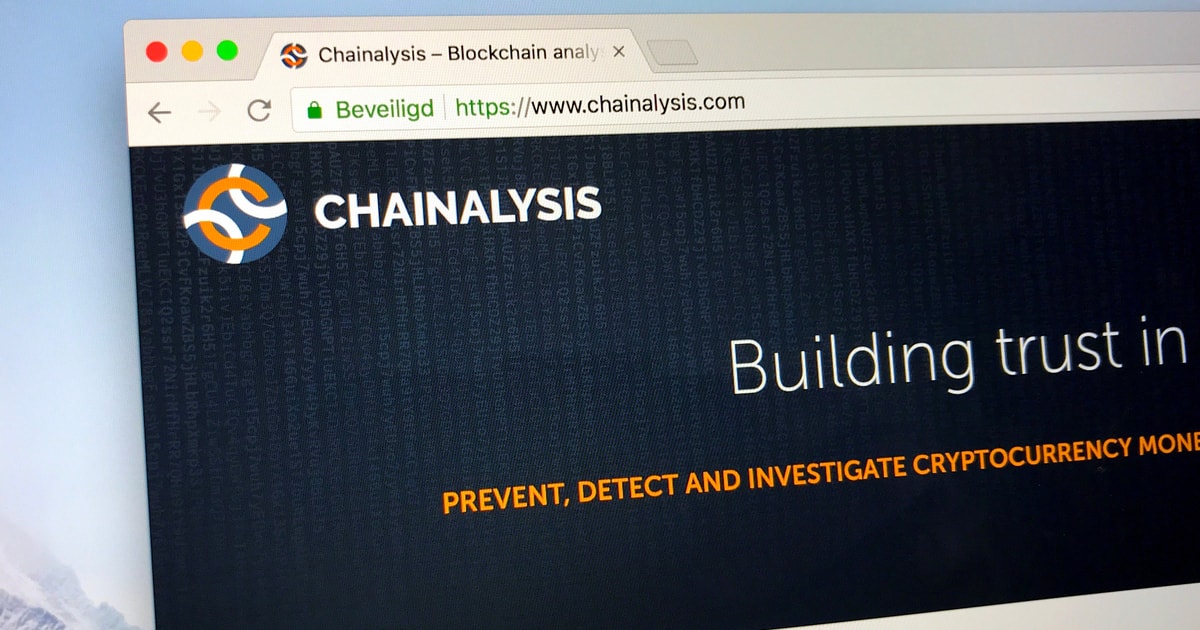


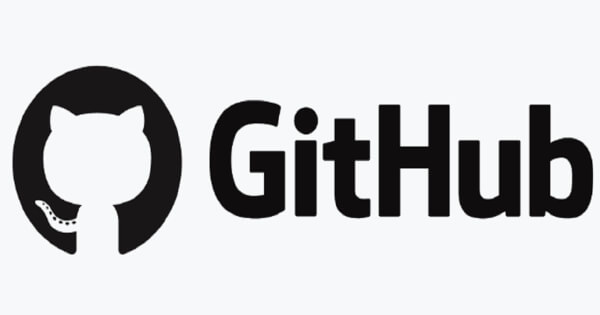
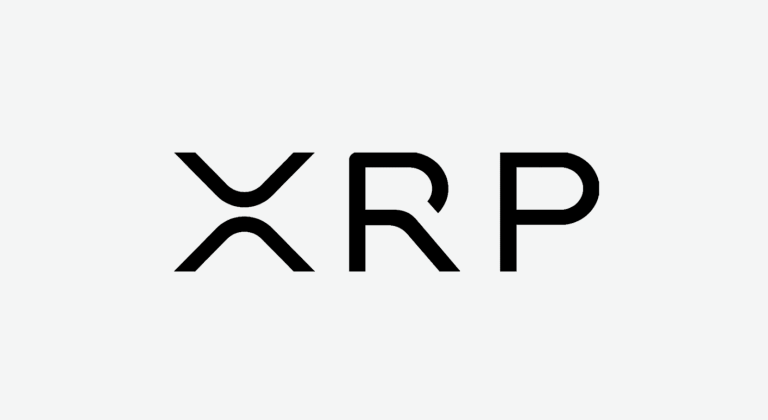
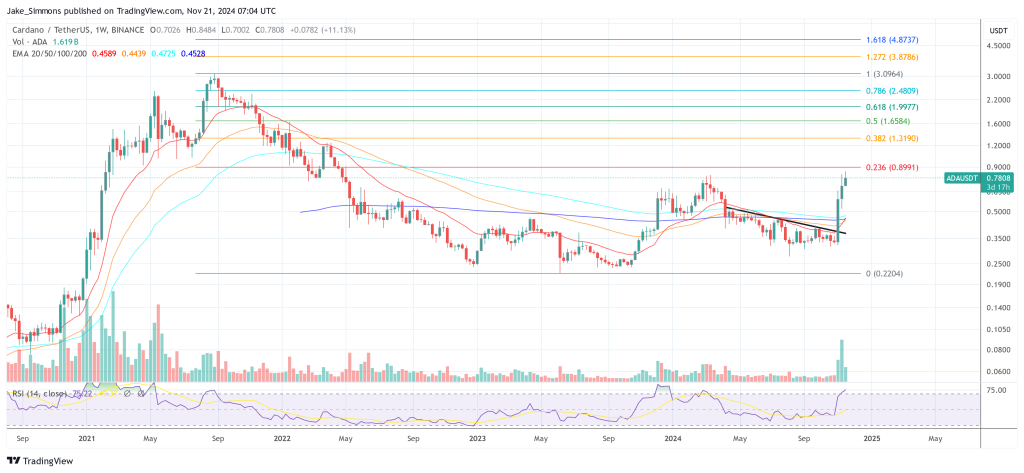


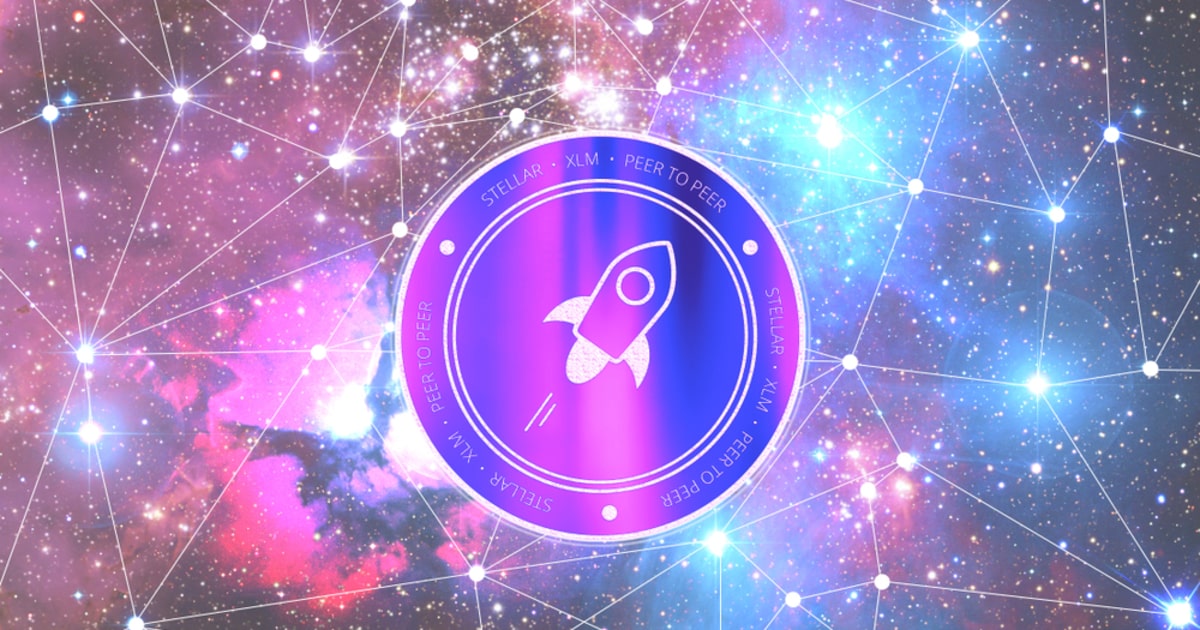
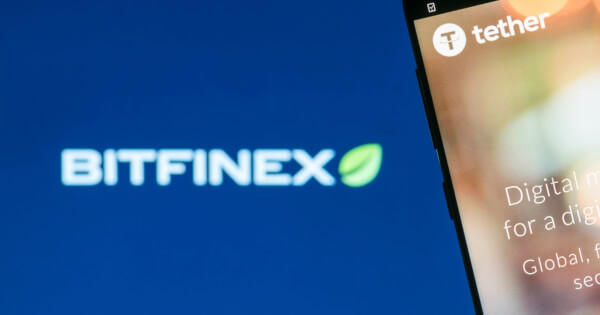
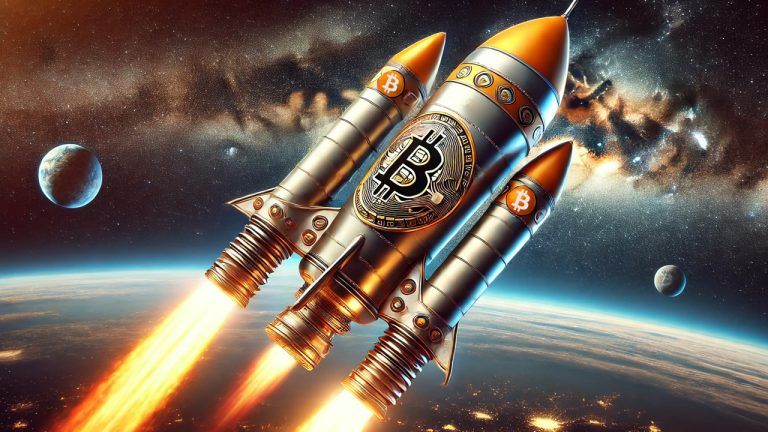
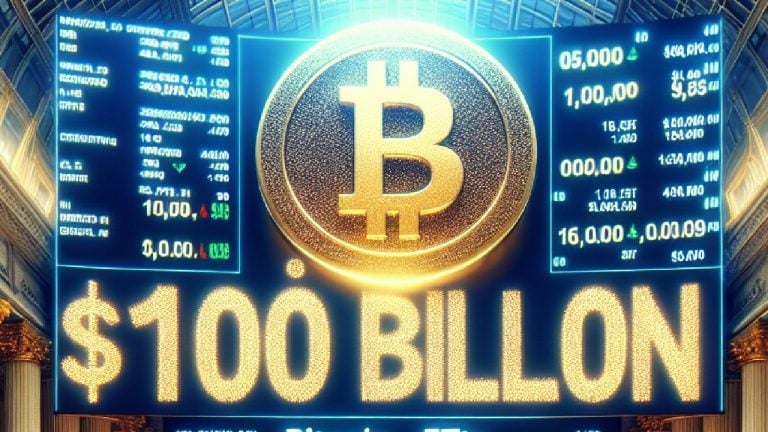
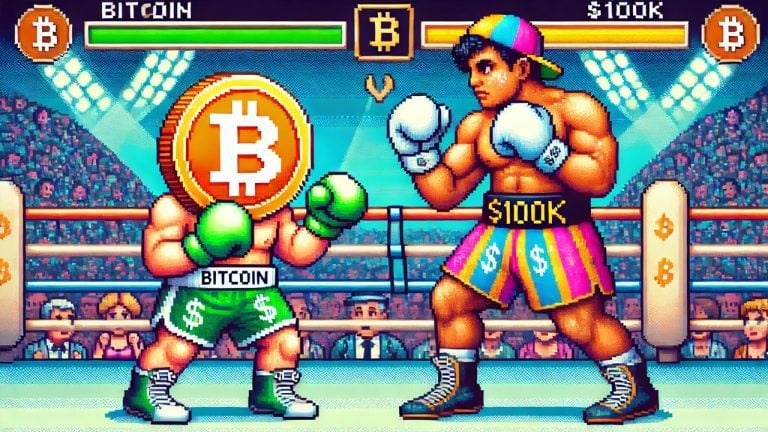



Comments